World Champion Kenshiro Teraji Reveals the Predicament and Trials of the Japanese Boxing World
Until the Heisei era, boxers must have had the image of “young men who are proud of their fights. The boxer in Reiwa is different. The young man in front of me had just had his hair cut (17,000 yen) at a hair salon in Omotesando, and his skin was glistening and he was smiling constantly. He looks far from a boxer, except for the slightly stubby fist-head on his left hand.
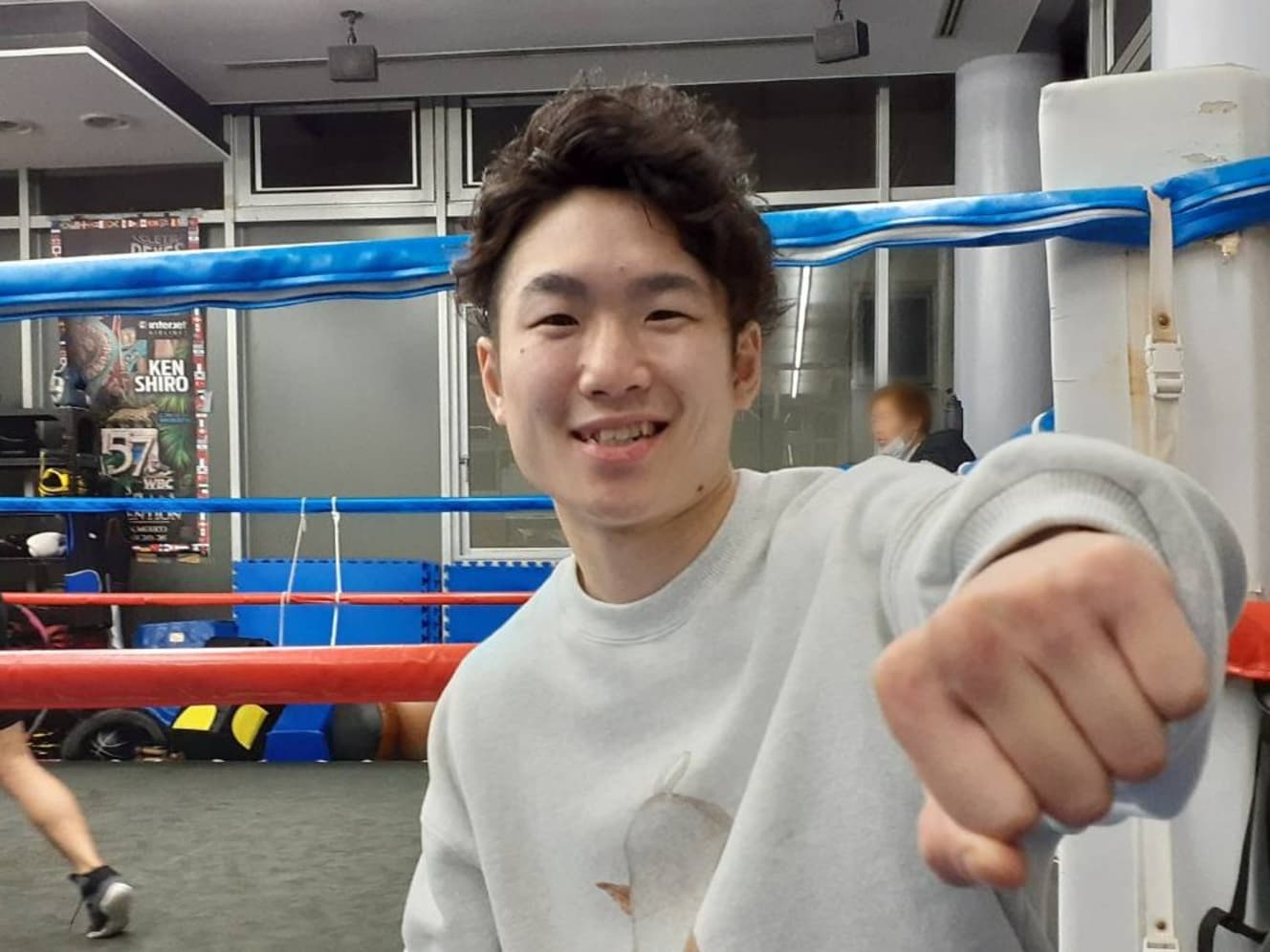
Just before my fourth defense four years ago, I went into a family restaurant with my father, and the young female waitress told us with a straight face that the drink bar for children under 12 was over there. People say I have a baby face, but I never thought I would be mistaken for an elementary school student (laughs). Maybe it was because I was losing weight and my face was looking so small.
The “funny” confession was made by Kenshiro Teraji (BMB), a 30-year-old world champion, who defeated Kohito Kyoguchi by TKO in 2:36 of the 7th round on November 1 in a unification match for the world light flyweight title. The win. Normally, one would enjoy a “brief rest” after a hard-fought battle, but this champion is a little different.
As previously reported, on November 7, the first meeting of the Diet Members’ Association for Supporting the Development of Professional Boxing, an LDP parliamentary league that supports the professional boxing industry, was held at the LDP headquarters. The meeting discussed issues such as the decline in the number of competitors, the difficulty of gym management, the decline in fight money, and the difficulty of building a second career after retirement.
I know that every industry is going through a difficult time because of Corona, and the boxing industry is no exception.
When asked why he decided to attend the meeting, he gave a simple answer.
Two years ago, the gym where I train was temporarily closed, so all I could do was run around outside. There was no prospect of a world match, and all I could do was run, hoping for a match.
Some of the fighters had to quit because their matches were washed out in Corona, and they had no prospects ahead of them. I don’t know about gym management, but there is no doubt that every gym is having a tough time because of Corona.”
While boxing is a sport, it is also an entertainment. Boxing is a sport, but it is also an entertainment business, and it depends on ticket revenue. The admission restrictions and other measures to combat corona have directly damaged the sport. Boxing is a contact sport, so the risk of infection is considered high, and the number of trainees decreased. There are probably many gyms throughout Japan that were in danger of not being able to continue.
On the other hand, boxing has produced many world champions, including Naoya Inoue and Teraji, and is a sport that represents Japan. Many politicians are also fans of the sport, and there were some voices from the political world that were concerned about the current situation. Therefore, in order to obtain support from the government, the boxing industry decided to join together and appeal to the members of the Liberal Democratic Party.
Takashi Misako, president of Misako Gym, which provides a training environment in Teraji, continued, “We have to train fighters to compete.
The Japanese title match in July 2020 was held without spectators. After that, we made various efforts, such as skipping one match at a time and holding 50% of the matches, taking into account the infection situation. Even so, if a player or trainer becomes infected just before the match, the match will be cancelled. Naturally, this would result in a loss. Even now, Korona measures are strictly enforced at Korakuen Hall, and standing-room-only ticket sales remain prohibited. It is not possible to hold exhibitions as in the past.
Each country’s border control measures also vary, so even if we wanted to invite fighters from abroad, we would not be able to do so. If we can’t offer cards that make people want to watch, fans will leave. If they lose popularity, the number of trainees will continue to decrease.
It is difficult for individual gyms to solve these problems by their own efforts. We need support from all sectors of society.”
Boxing experiences a boom every few years with the birth of a star fighter. When a star was born, young people were inspired by him or her and set their sights on the gym. Until the early years of the Heisei era, when Takeichiro Tatsuyoshi or Takanori Hatayama had a hot bout, the smoldering youth of the city would head for the gym.
Even the COVID-19 crisis saw the success of Japanese stars such as Naoya Inoue and Ryota Murata. Nevertheless, they are only a handful of “super athletes” in the boxing world as a whole. They are also athletes who boasted brilliant achievements even as amateurs. They are not the kind of athletes that the young people of the city used to admire.
Instead, today’s young people are talking about “Breaking Down,” a one-minute, one-round event produced by martial artist Mirai Asakura. The event features a motley assortment of fighters, including ex-performers, ex-delinquents, YouTubers, and corporate founders, and while there are many fights that are little more than “amateur brawls,” the fights that have attracted attention have been viewed nearly 7 million times on YouTube, making them successful as content. It seems that some young people are yearning to be the center of attention.
If this situation continues, boxing’s popularity will be eclipsed. Teraji is a little impatient, but he stresses, “That is why we have to emphasize the appeal of boxing now.
It is true that Breaking Down is a hot topic. But I am calmly thinking that the popularity may be temporary. And I also think it’s an opportunity. When I was in elementary school, the TV show “Gachinko! Fight Club” was popular when I was in elementary school. It was a boxing program with a strong entertainment element, in which delinquents were gathered and trained to become boxers, and I, as a soccer boy, was crazy about it. But that project did not last long. No real boxers were born from that project.
I am sure that the number of young people who are interested in boxing has increased as a result of that boom, and it could be interpreted that the popularity of the martial arts is expanding now that Breaking Down is a hot topic. I think people will become interested in the martial arts and come to see our fights, and some people will even think about trying boxing. So now is the time to make boxing’s fire grow once again.
Teraji continued with a laugh, “I’m not even close to Naoya Inoue or Ryota Murata.
I want to be close to those two, including in terms of name recognition. I don’t want to just ask for political support, but I want to do what I can do to make boxing more popular. No matter how much support I get, it will be meaningless if boxing is not attractive as a sport.
Right now, I want to fight in the ring in the U.S. against famous overseas fighters. I know it will be difficult to adjust, but I am confident that I can achieve results overseas as well.
With the championship belt around his waist and the industry on his back, Teraji is a fighter who is not afraid to show off his skills. Even so, there is no sense of heaviness in his demeanor. We hope that his characteristic cheerfulness will light up the future of the industry.
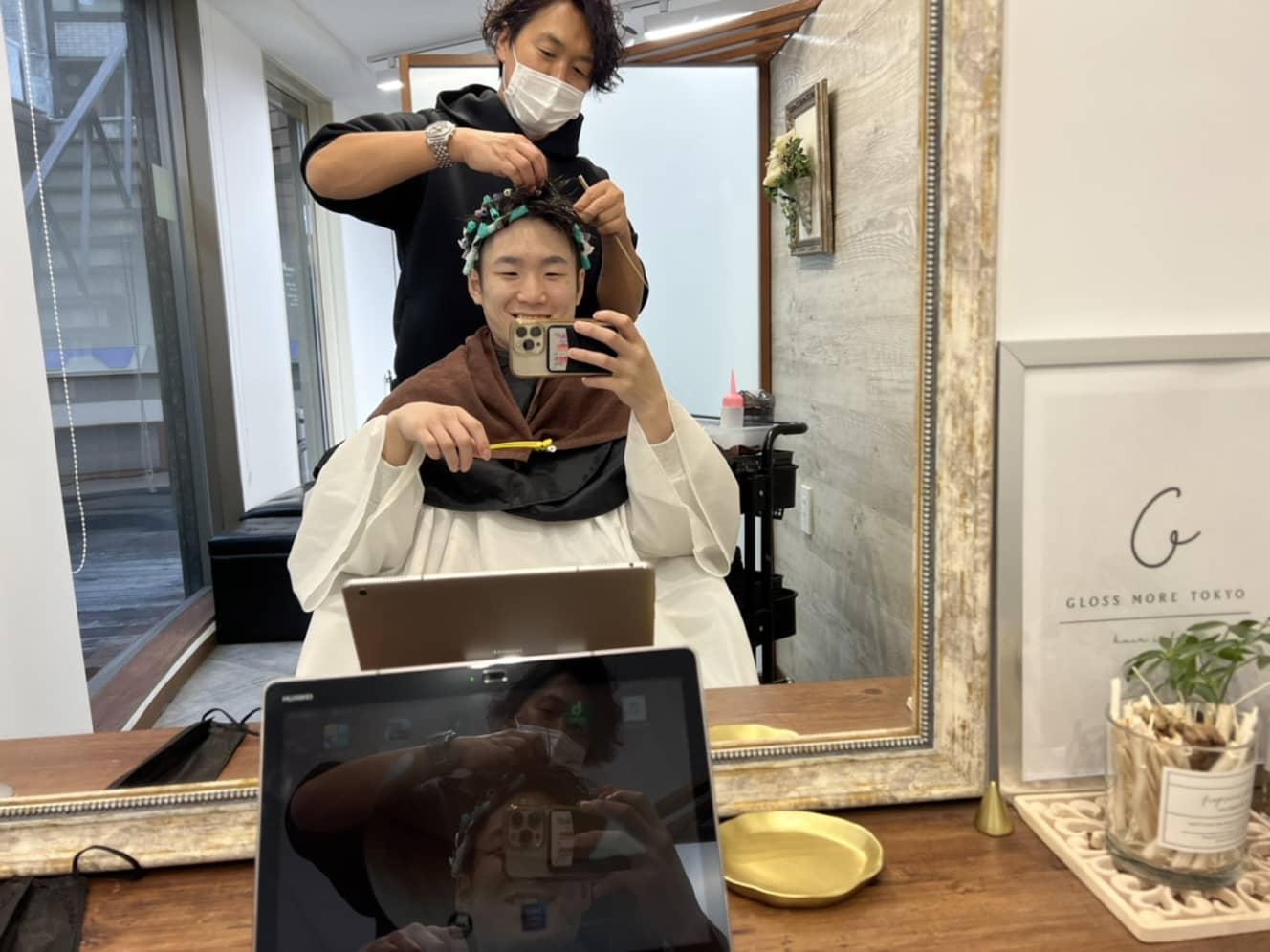
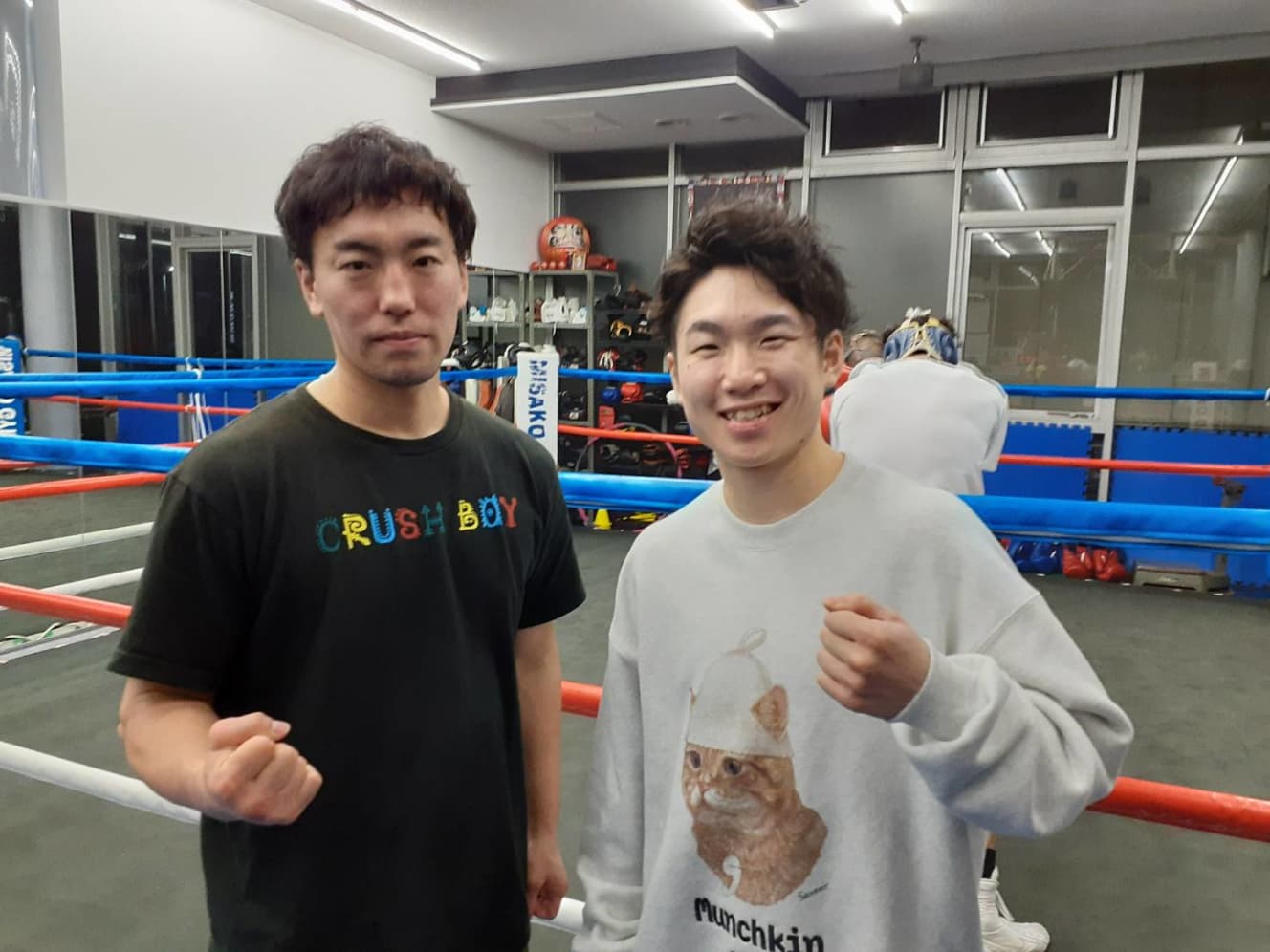
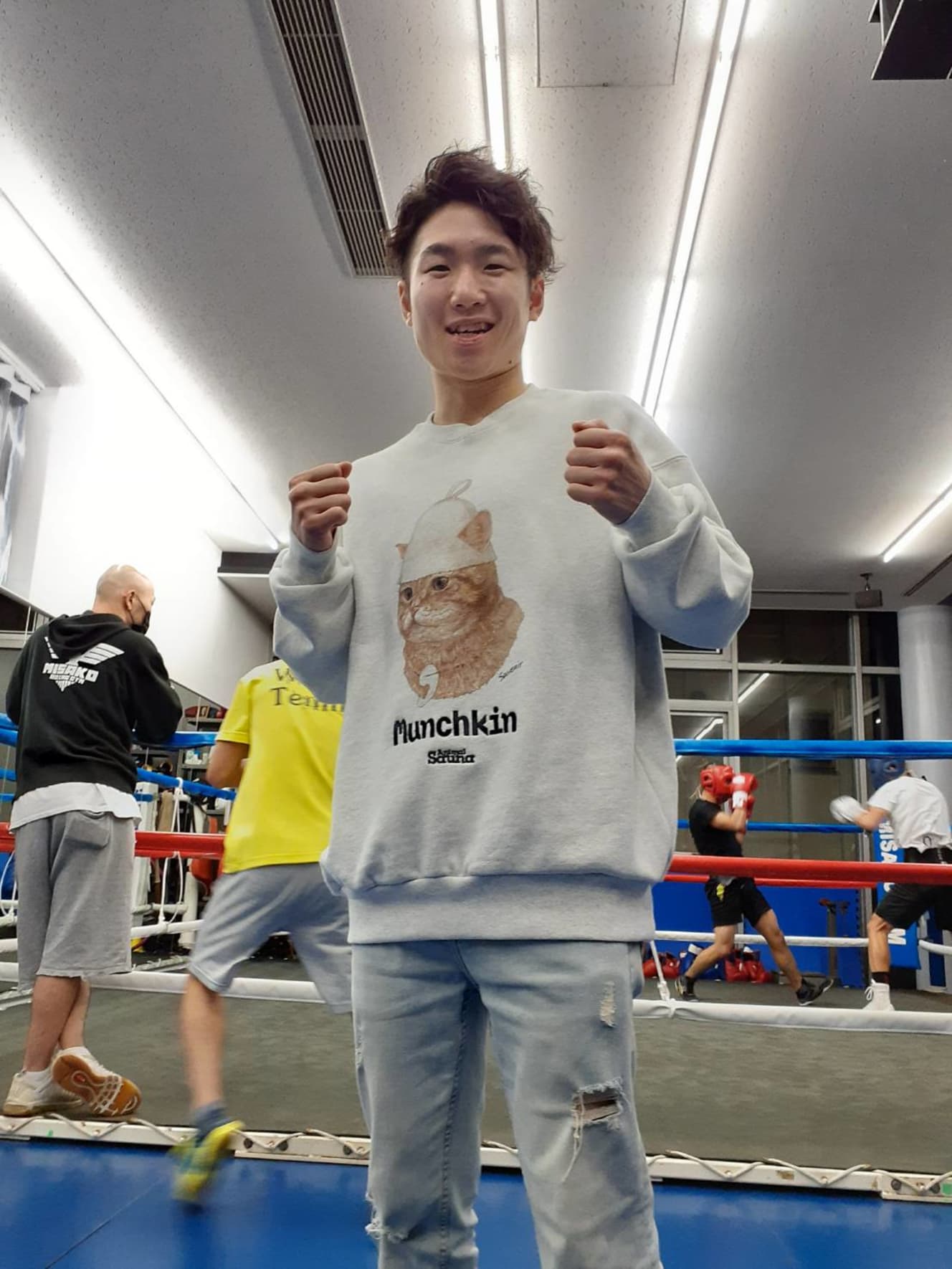
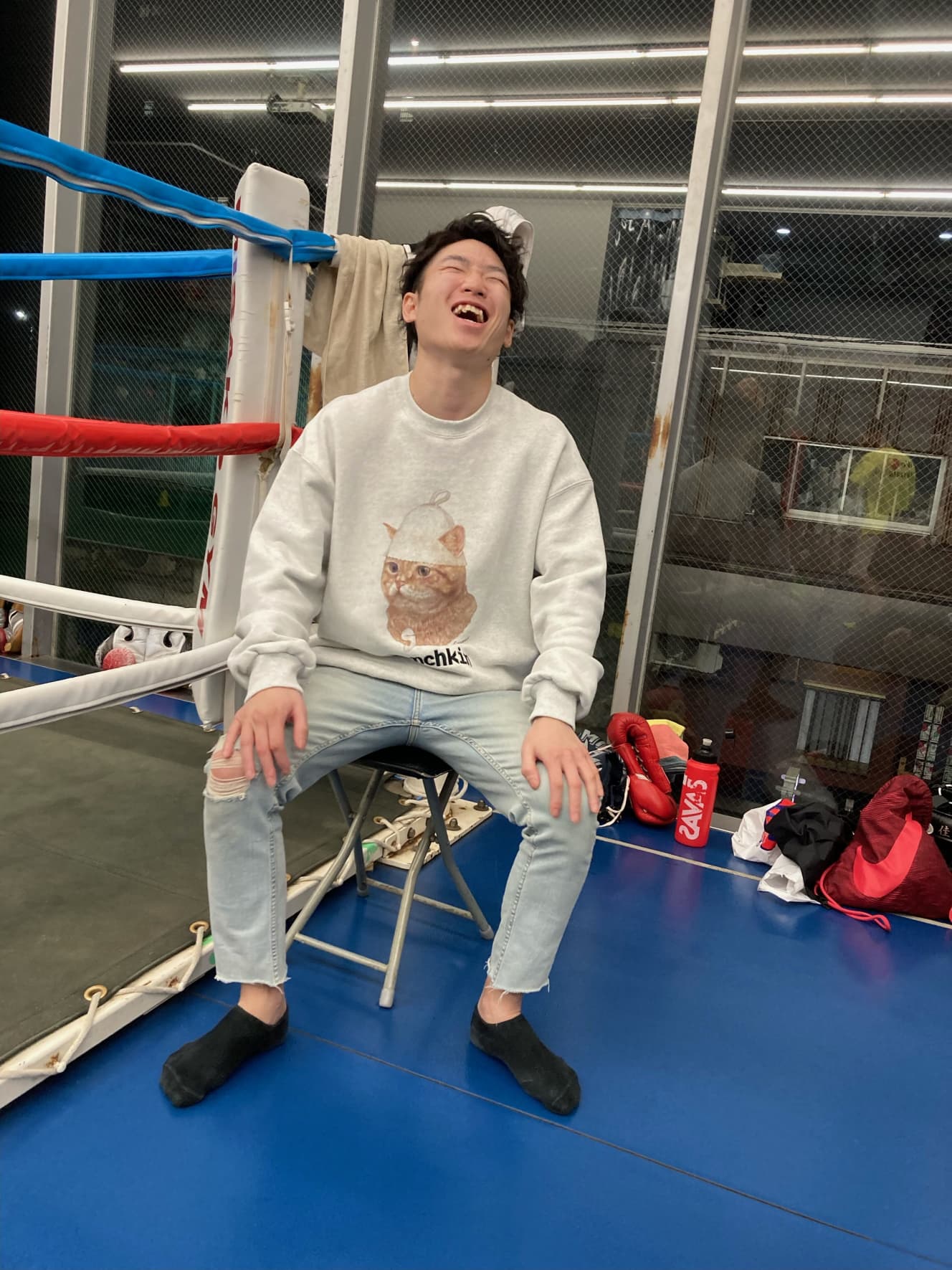


Kenshiro Teraji
Born on January 6, 1992 in Kyoto Prefecture. He was a soccer player in elementary school and a member of the tennis club in junior high school. He joined the boxing club at Nara Suzaku High School. In May 2005, he won the WBC World Light Flyweight Title. His father, Ei, is a former middleweight champion of Japan. He belongs to BMB Gym in Uji City, Kyoto, where his father serves as president, but he has no training partner in the region, so he trains at Misako Gym in Tokyo. He rents an apartment in Tokyo and lives with his cat.
Text by: Daisuke Iwasaki